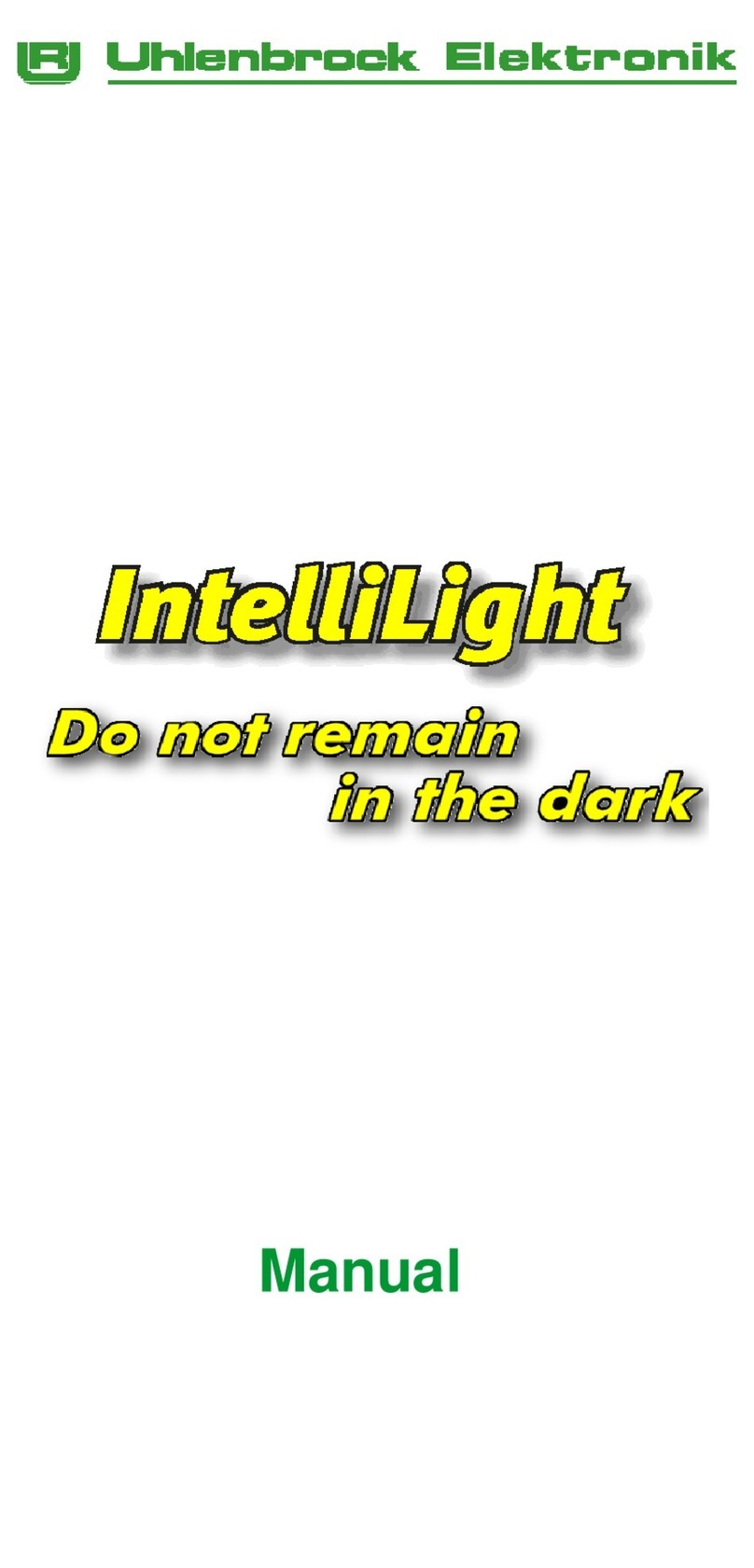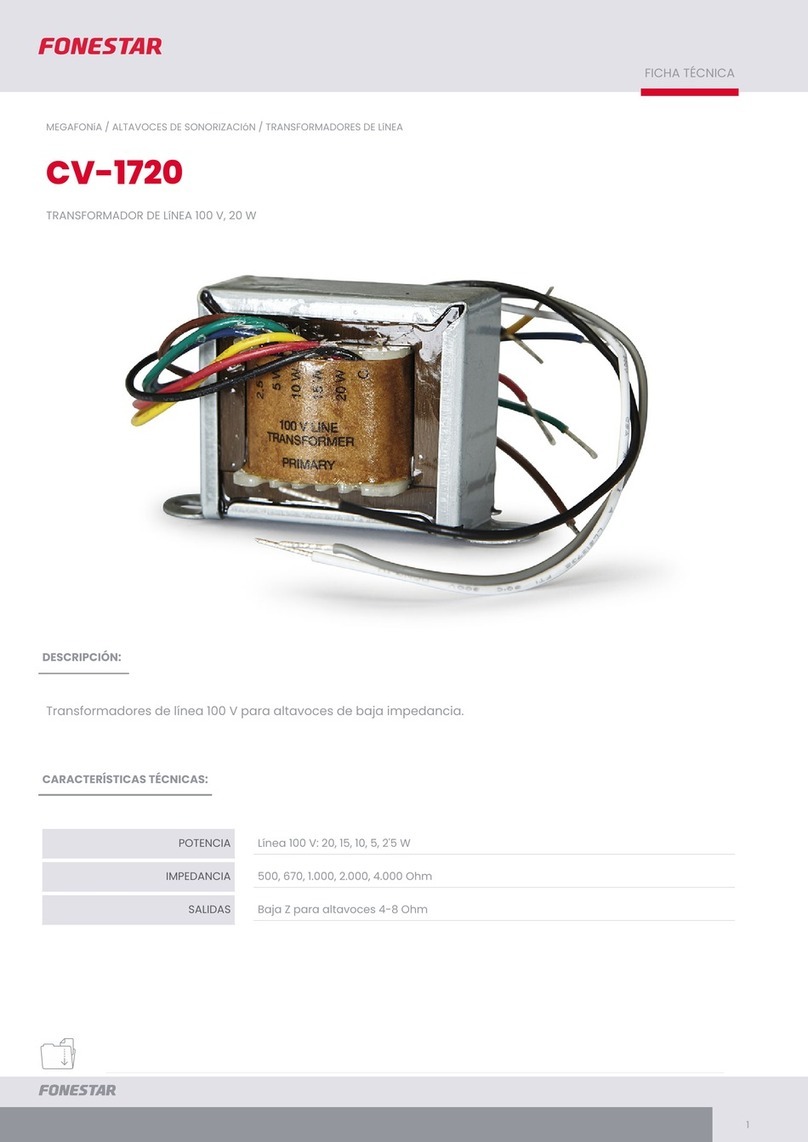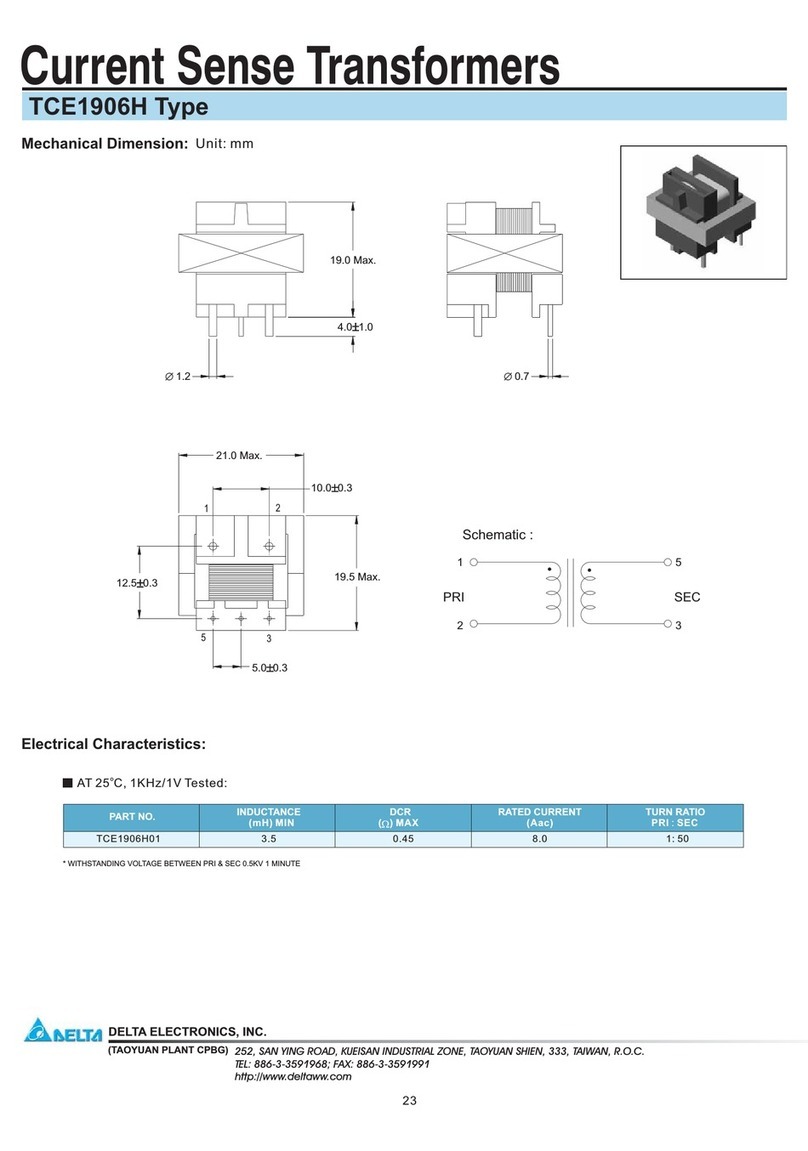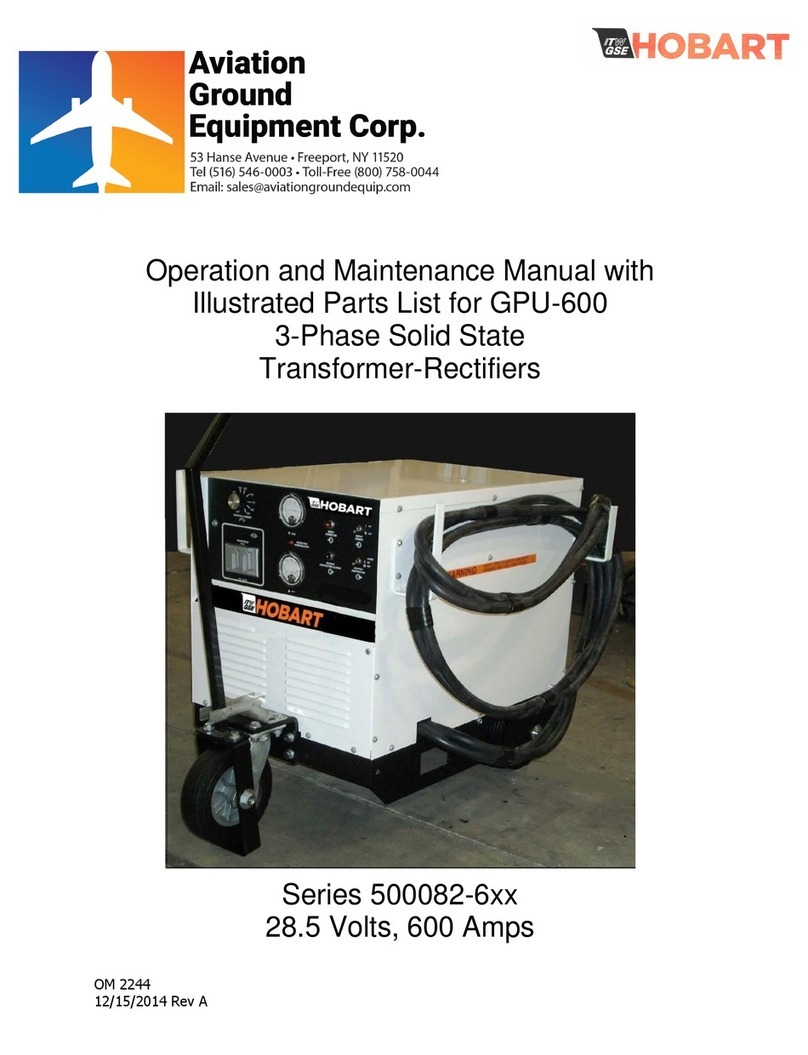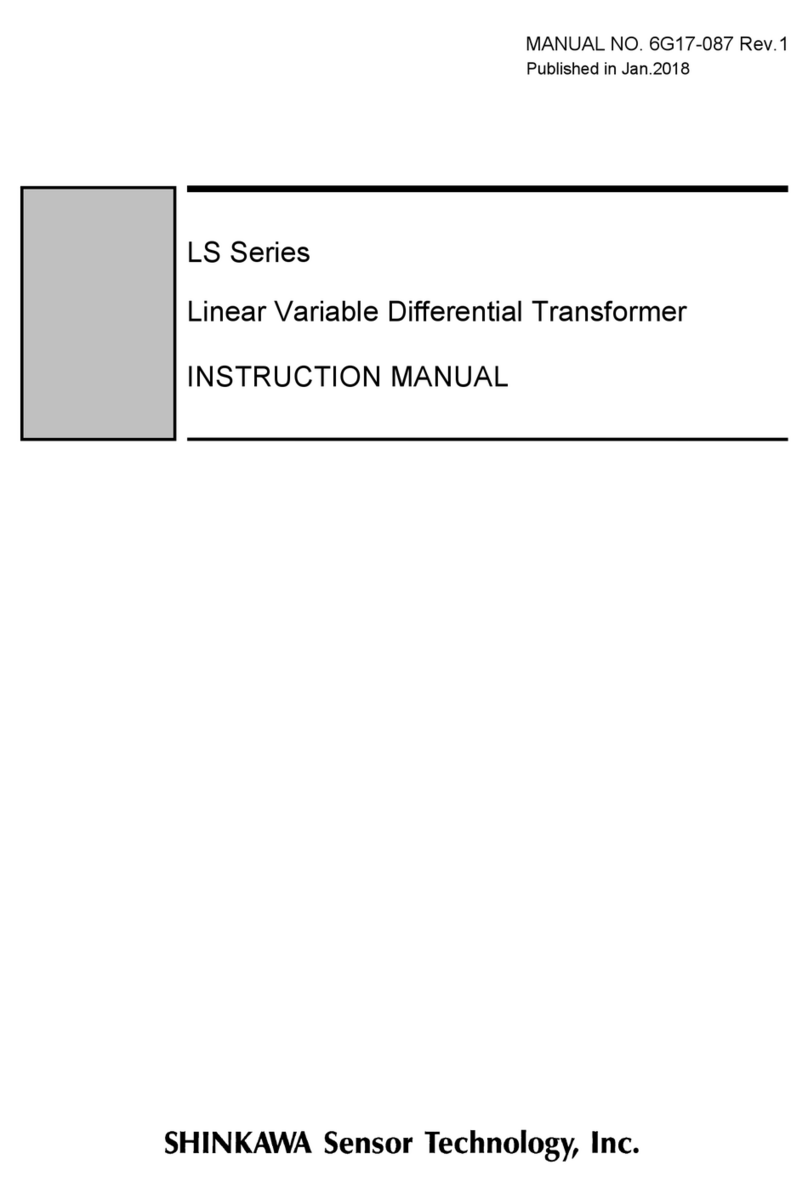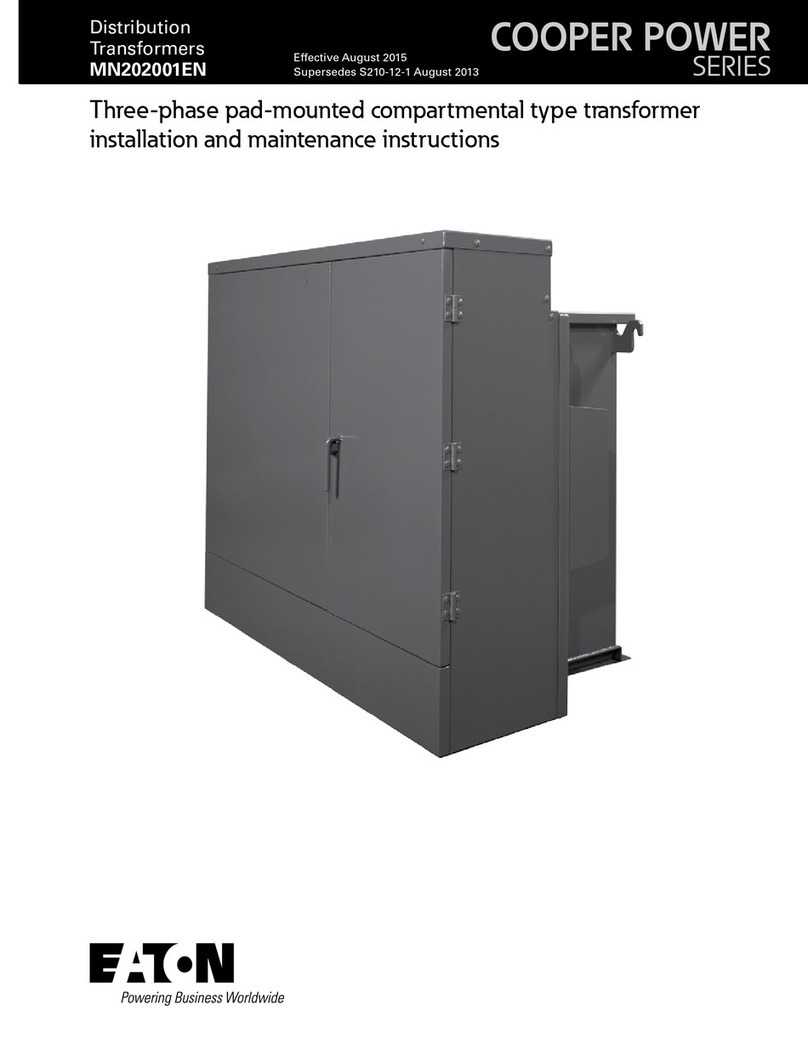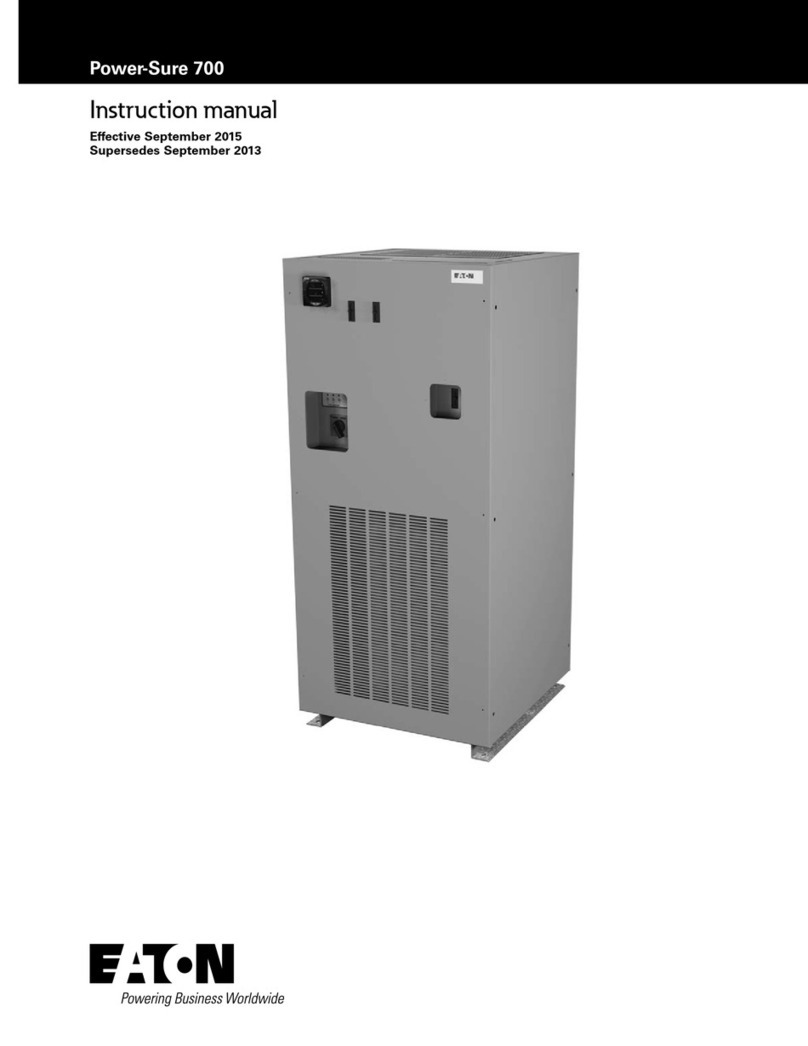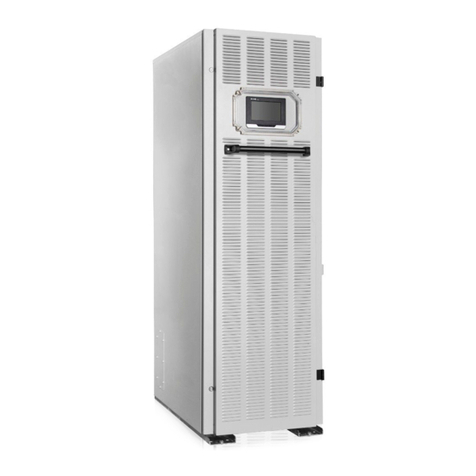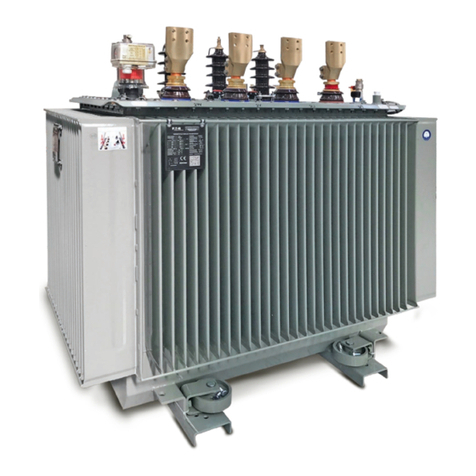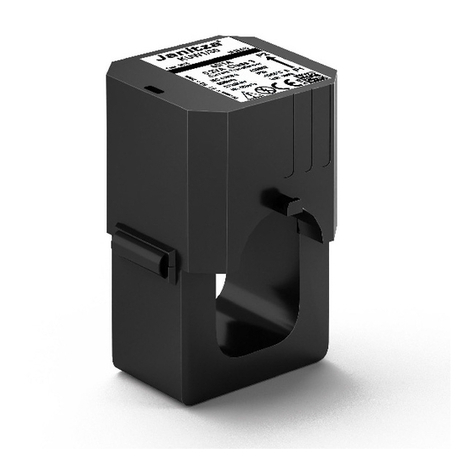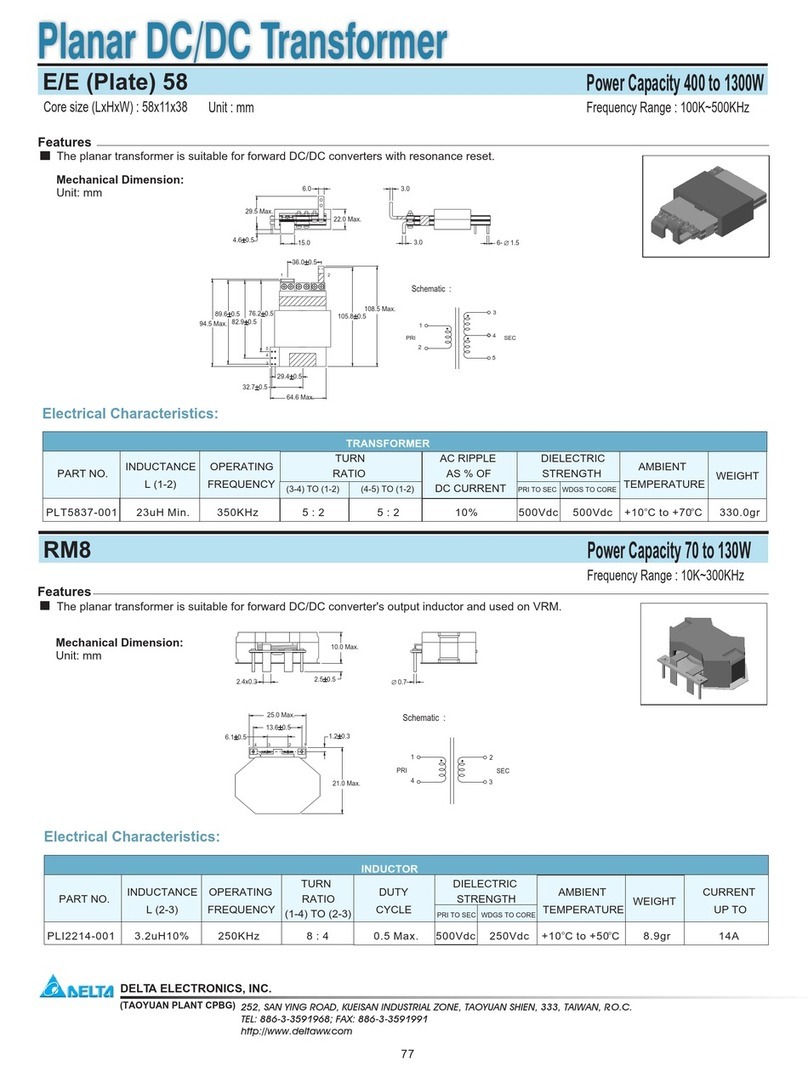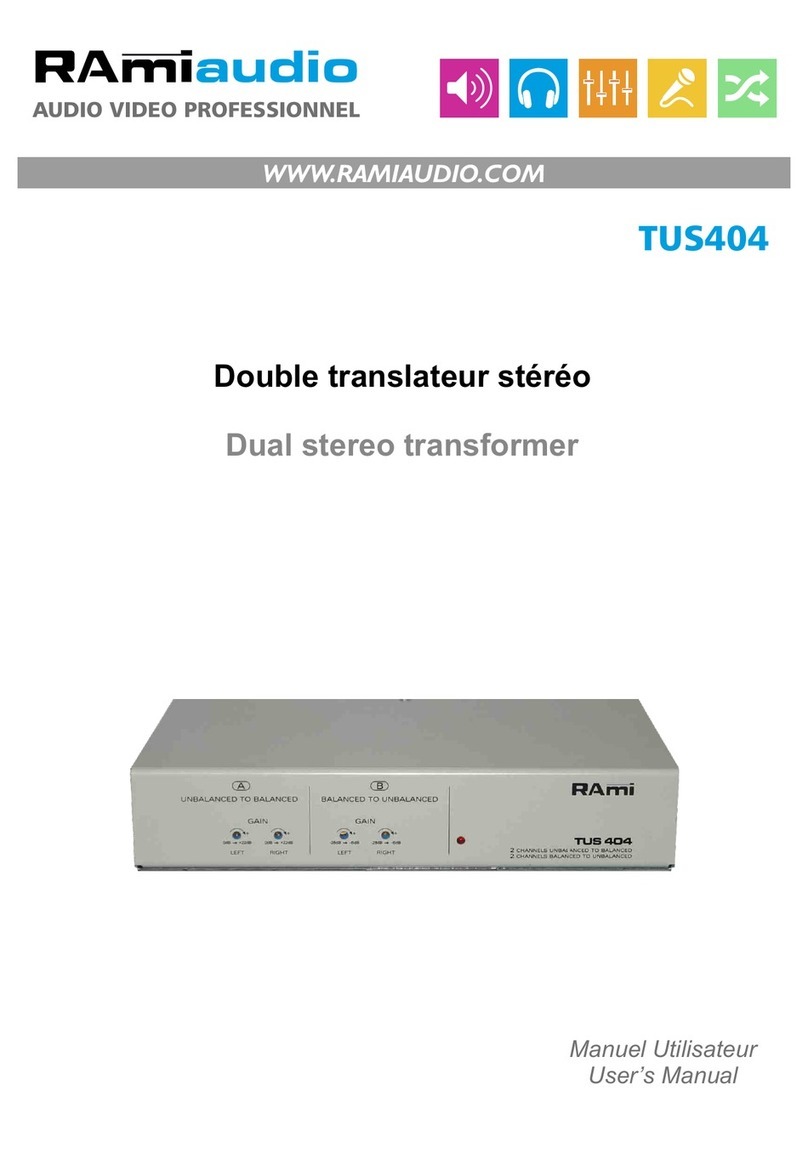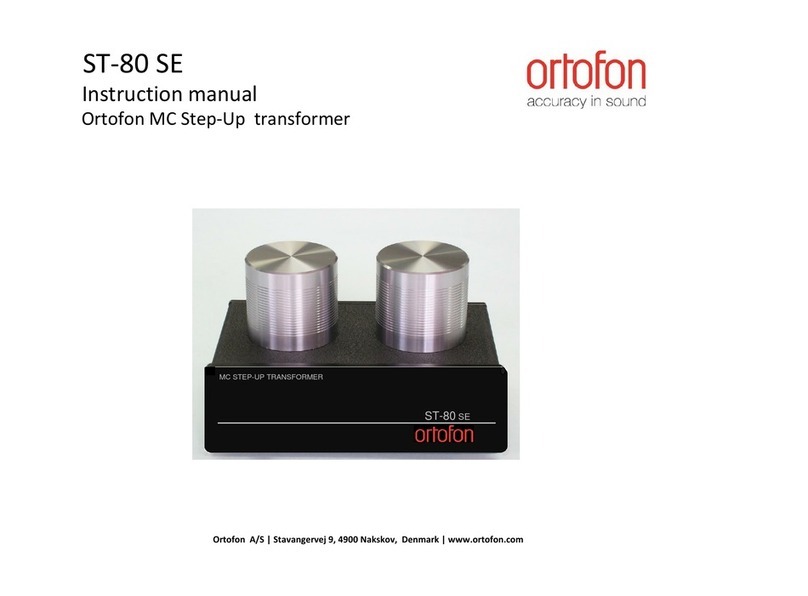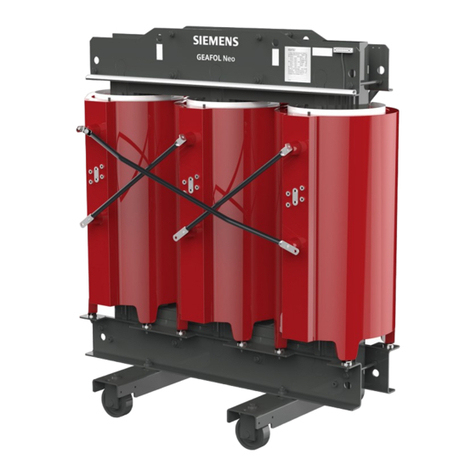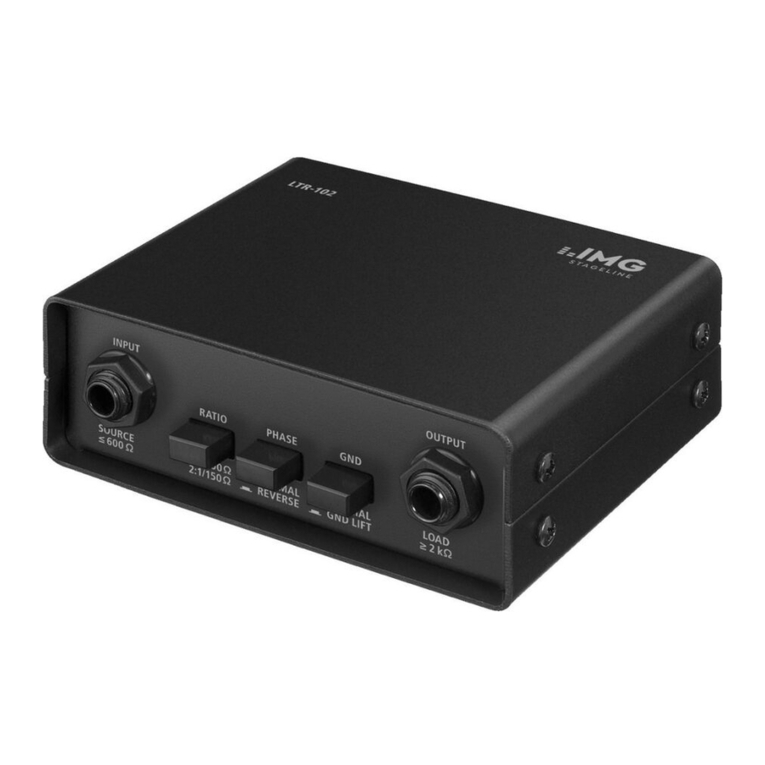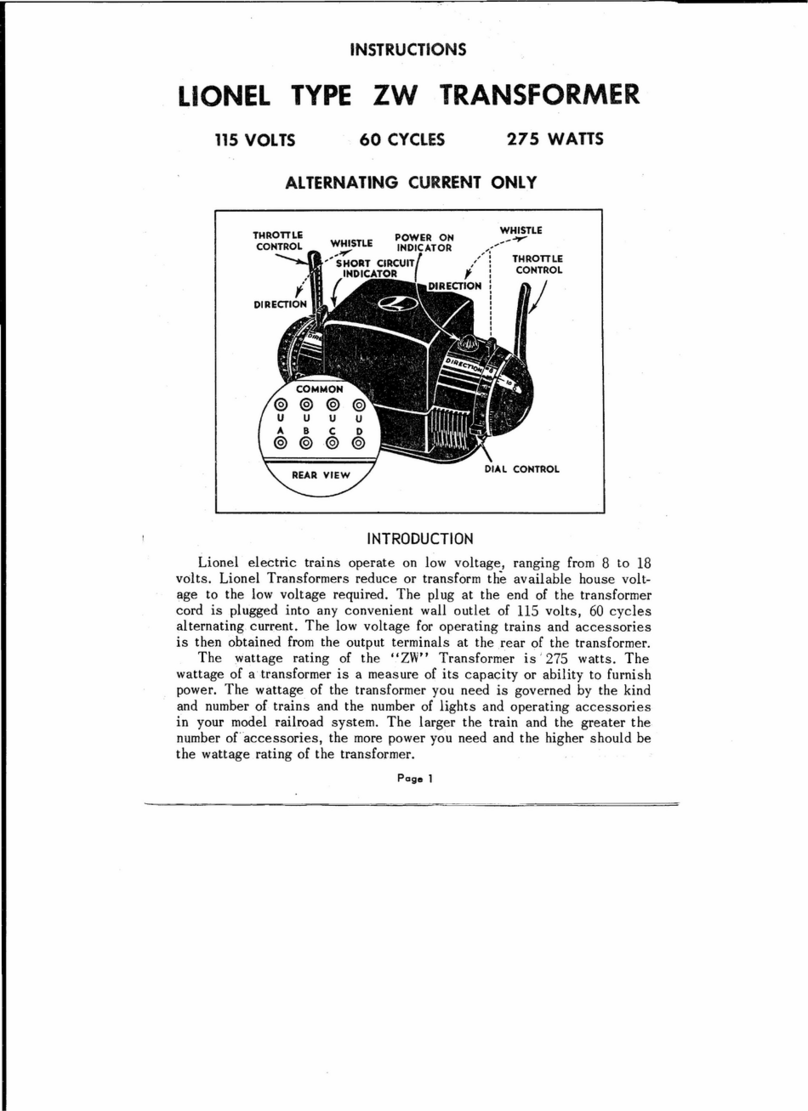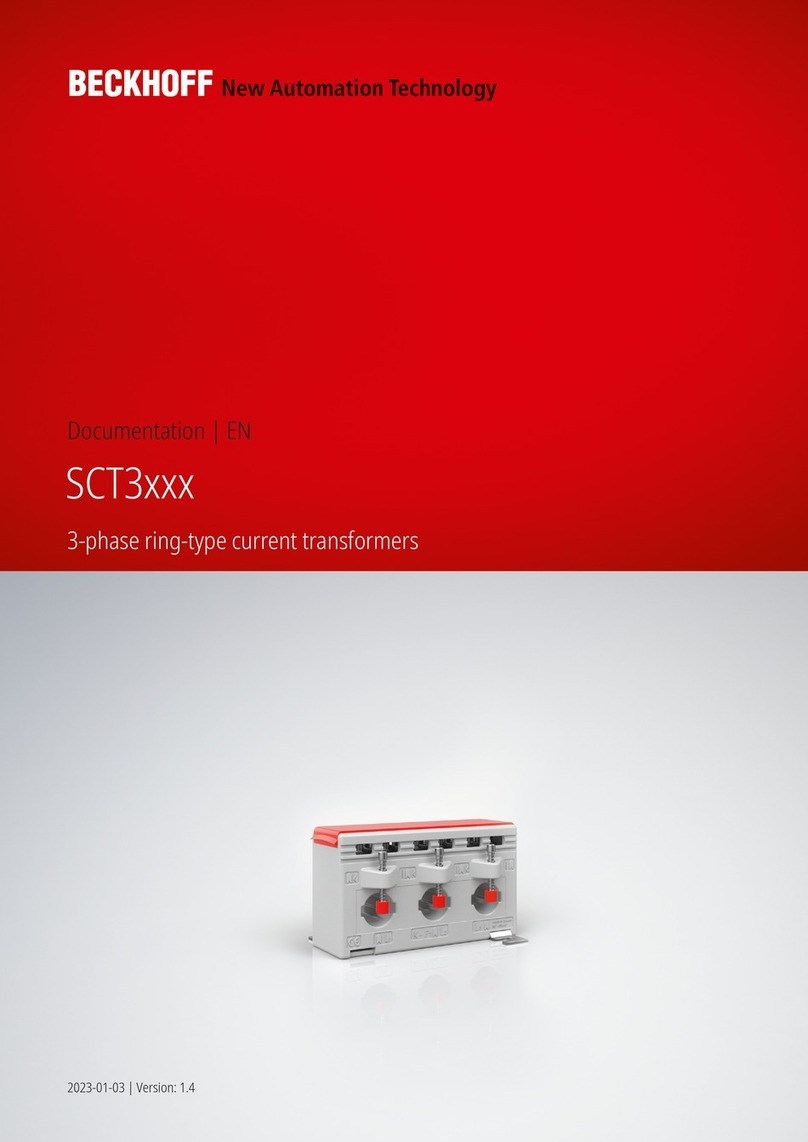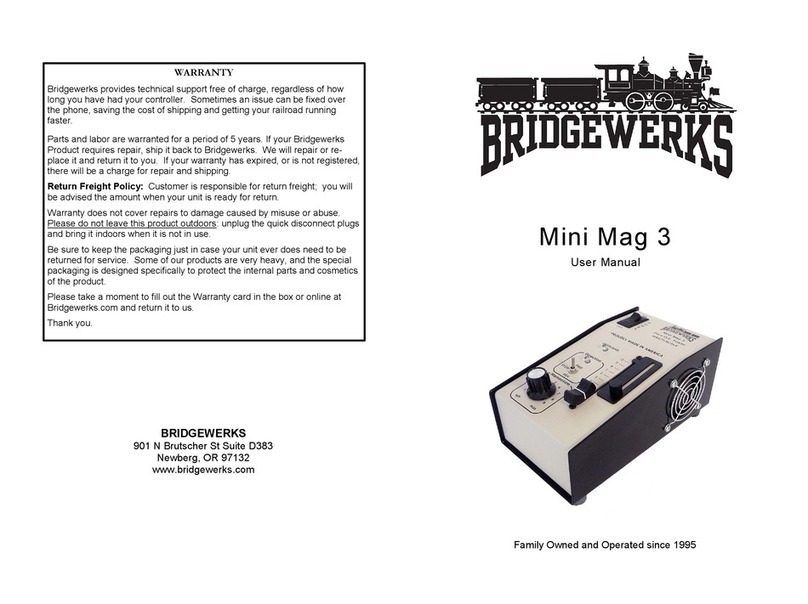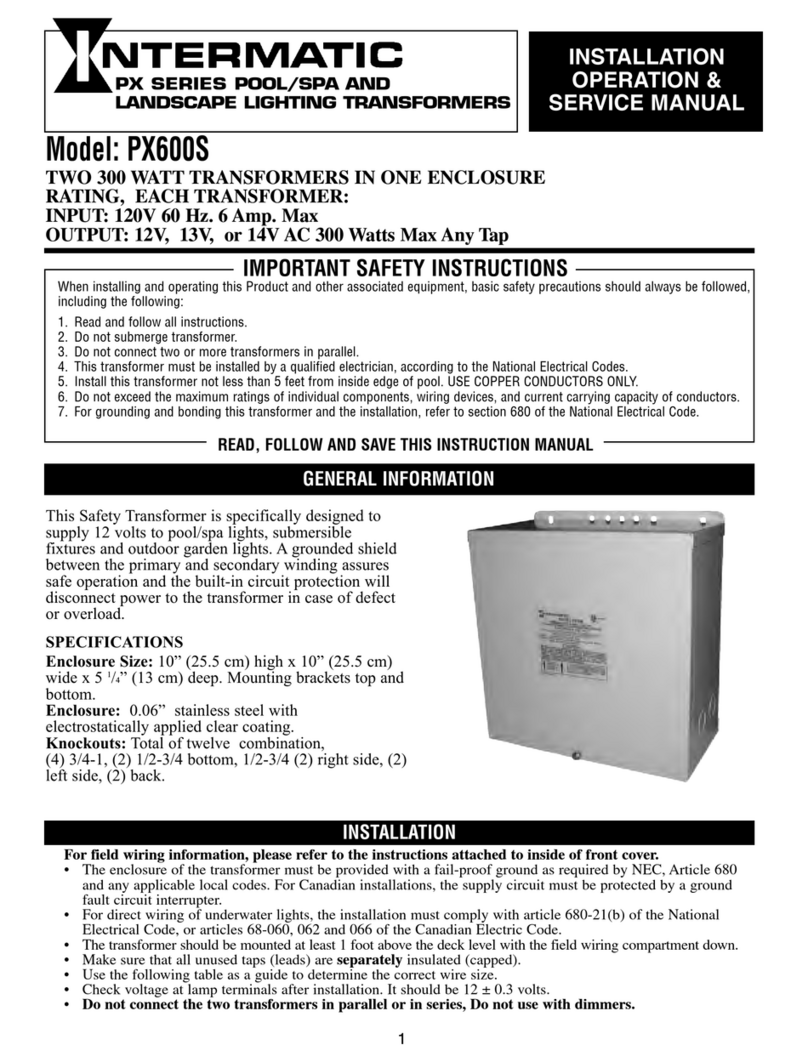
Product information
CAUTION
Do not Exceed Transformer Ratings. Transformers
should be operated only at the ratings specified on the
transformer nameplate. Prolonged overload operation
will measurably shorten the projected service life of a
mineral oil-filled transformer. Eaton’s Cooper Power™
series PEAK™ transformers may help to extend
insulation life and can be operated at higher capacities
than traditional units while still exceeding ANSI®
standard insulation life.
Introduction
This manual has been prepared to assist competent techni-
cians in the installation, operation and service of primary or
secondary unit- or open-type substation trans-formers.
Substation transformers are designed for installation on
three-phase systems. All units are constructed for in-door
or outdoor mounting on a concrete pad with high and low
voltage cables entering operating compartments through
enclosed sidewall mounted bushings (unit-type transform-
ers) or through cover or sidewall mounted bushings (open-
type transformers).
Although every effort has been made to anticipate normal
installation, operation and servicing problems, these instruc-
tions do not cover all possible variations in equipment or
application conditions. All possible installation, operation or
service contingencies are not discussed. If additional infor-
mation is required, contact a factory representative.
It is important that personnel using these instructions
be fully acquainted with industry accepted high and low
voltage safe operating practices and procedures. These
instructions are not intended as a substitute for proper
training or adequate experience in the safe operation of the
equipment described.
Read this manual first
Read and understand the contents of this manual and follow
all locally approved procedures and safety practices before
installing or operating this equipment.
Additional information
These instructions cannot cover all details or variations in
the equipment, procedures, or process described, nor to
provide directions for meeting every possible contingency
during installation, operation, or maintenance. For additional
information, contact your Eaton representative.
Acceptance and initial inspection
It is important that a thorough inspection of the transformer
be made before it is unloaded from the carrier.
1. Ensure that all parts listed on the bill of lading are
present.
2. Before unloading the transformer, make an inspection to
detect any signs of damage or mishandling. Locate any
accessory parts that may have been shipped separately.
3. If any damage is detected or shortages are noticed,
write a brief description on the freight bill. Normally, the
transformer is shipped FOB point of manufacture, and
it is the customer's responsibility to file a claim against
the carrier. If the transformer was shipped FOB destina-
tion, notify your factory representative. He or she will,
with the inspector's report, take the necessary steps to
file a claim against the carrier.
Handling
For unloading, lifting hooks are provided near the top of the
transformer tank. Cable pull angles should not be over 30°
from vertical. Otherwise, spreaders should be used to hold
the lifting cables apart to avoid any bending of the structure
or lifting hooks.
WARNING
Do not attempt to lift the transformer by placing a con-
tinuous loop of cable or chain around the unit or lifting
lugs. Improper handling can result in death, severe per-
sonal injury and equipment damage.
If the transformer cannot be lifted by crane, it may be
skidded or moved with rollers. When jacking a transformer
to insert rollers underneath it, insure that at least two jacks
are used and that two adjacent corners are raised simulta-
neously and evenly to avoid warping the base. Jacks may be
placed only at the corners of the transformer base.
Do not place jacks under cooler assemblies, valves, or sheet
metal parts. When using rollers, use as many as necessary
to distribute the weight uniformly. To pull, attach pulling eyes
to the holes in the base at either end of the transformer.
Do not attach pulling lines to moldings or other sheet metal
parts of the transformer.
Storage
Whenever possible, the transformer should be stored at its
permanent location.
The insulating liquid should be at its proper level and the
gas space pressurized with dry nitrogen to approximately
two psig. Then it should be tightly sealed so that no
moisture or air can enter the tank. Periodic inspection
should determine that the pressure gauge does not remain
at zero, and proper liquid level is maintained at all times.
The transformer should not be stored in the presence of
corrosive gases (e.g., chlorine). Exterior surfaces of the trans-
former should be maintained against rust and corrosion.
Before placing a transformer into service after an ex-tended
storage time, check fans, alarm and control circuits, and the
dielectric strength of the insulating liquid.
Quality standards
ISO 9001 certified quality management system
1SubStation tranSformer inStallation and partS replacement information MN202002EN JUNE 2016
